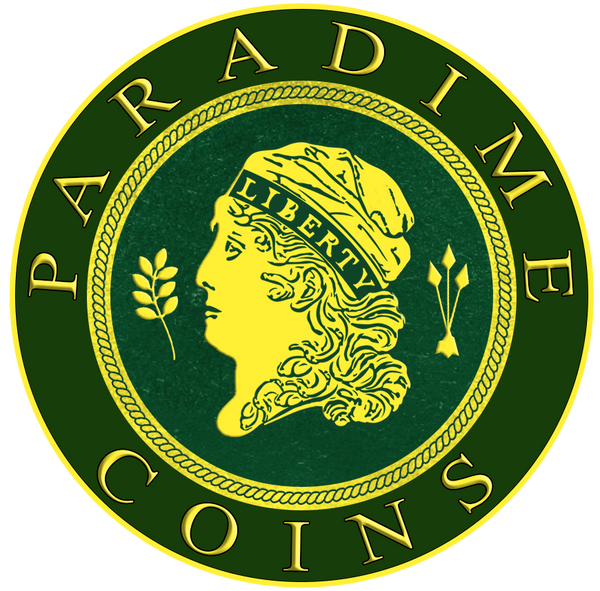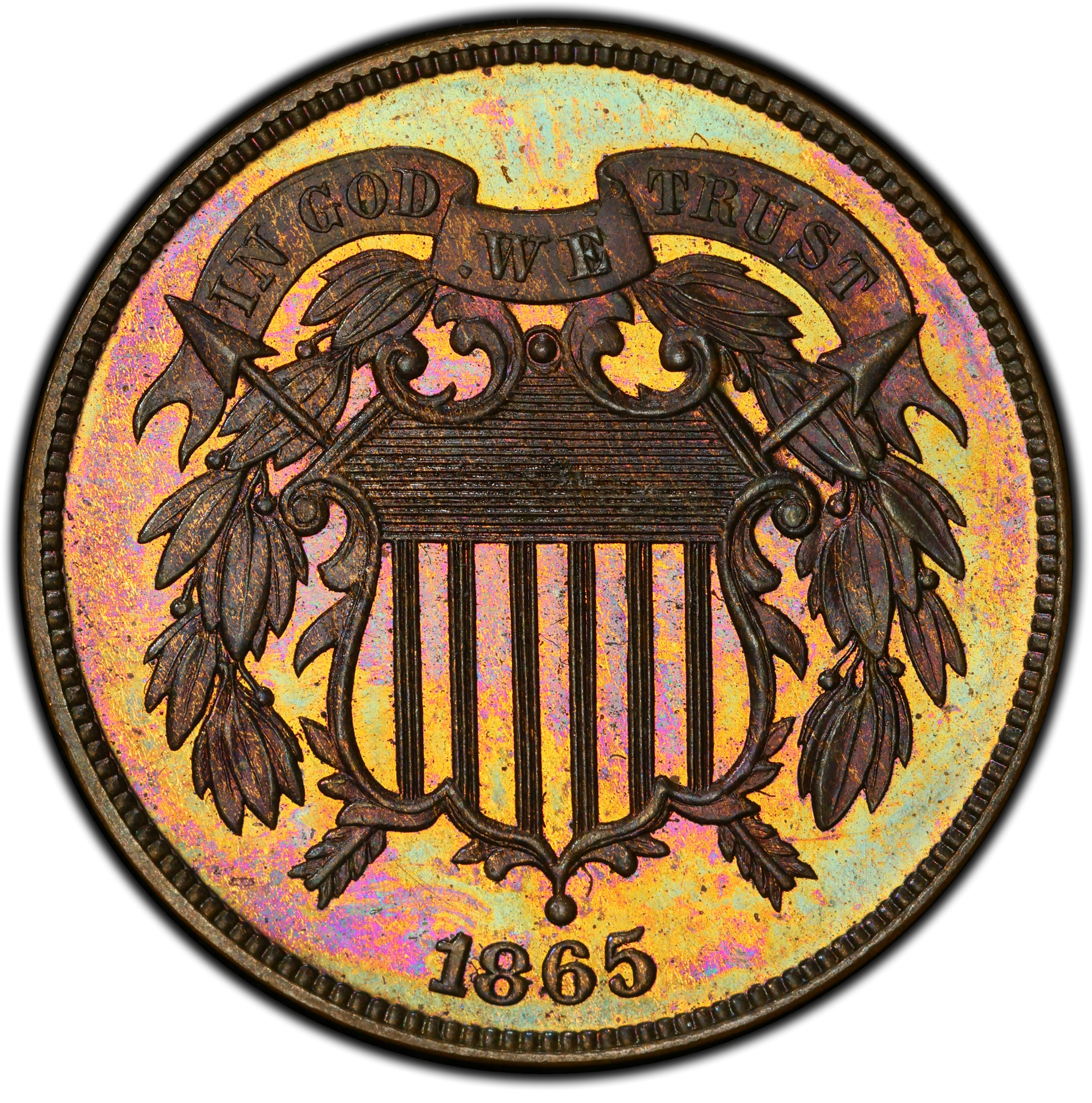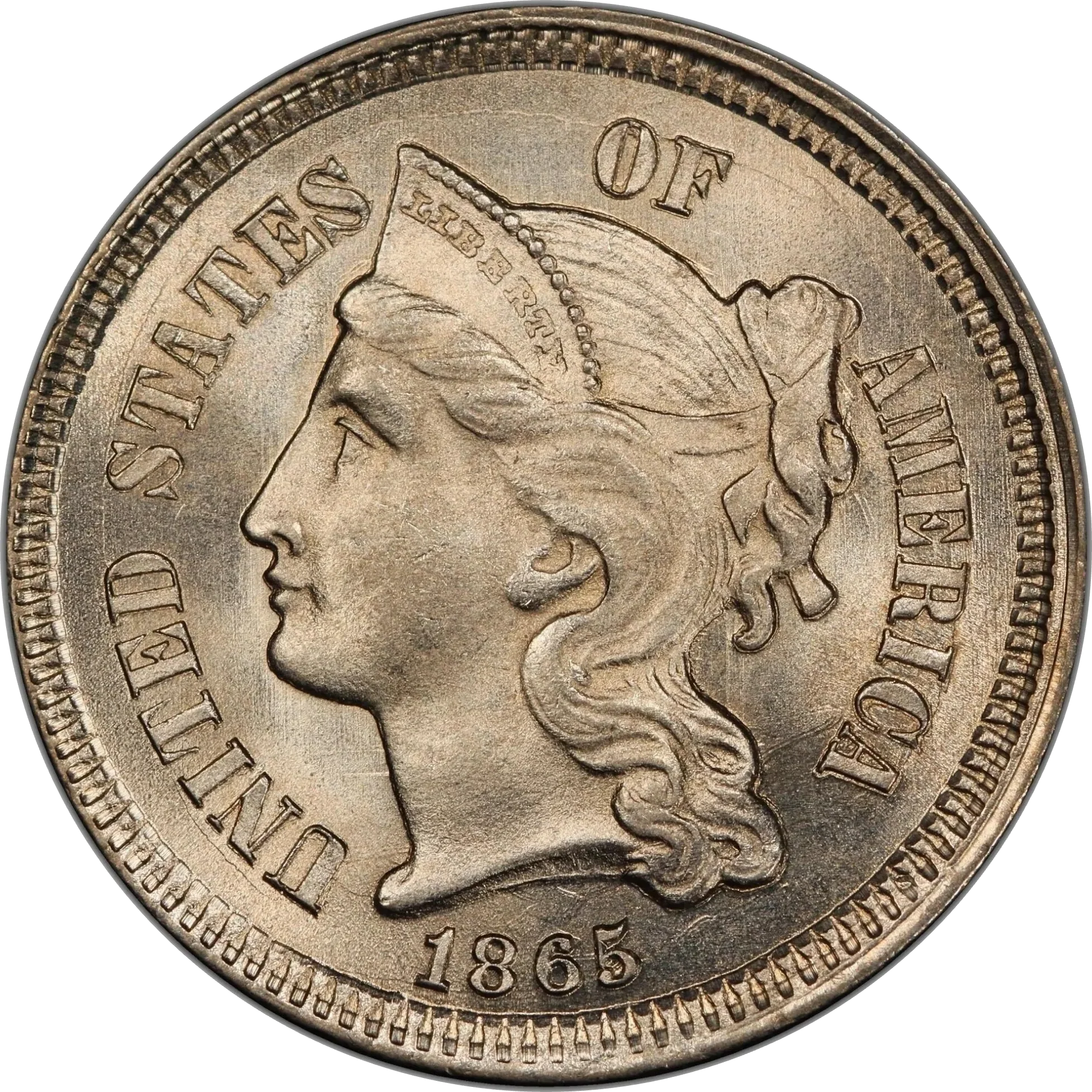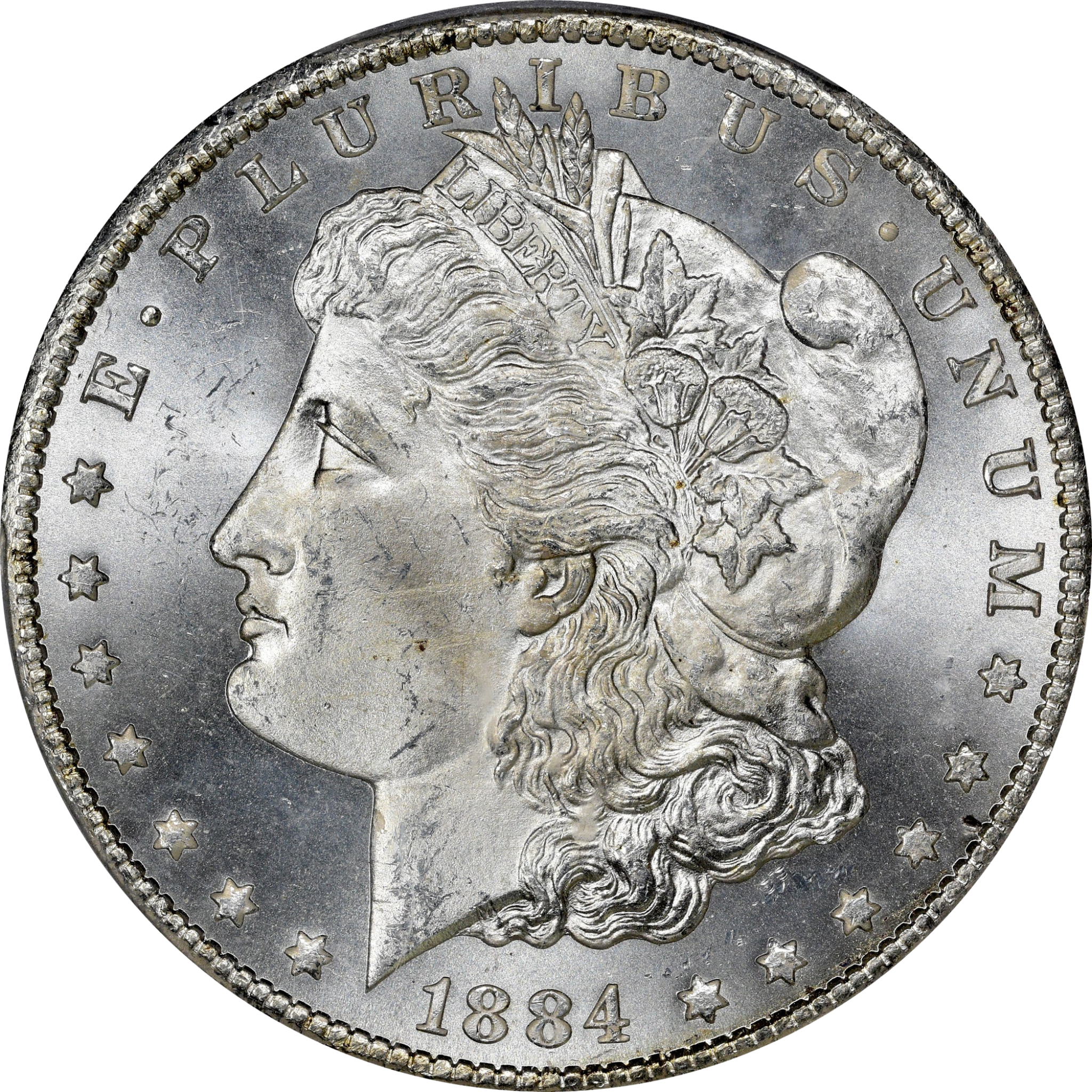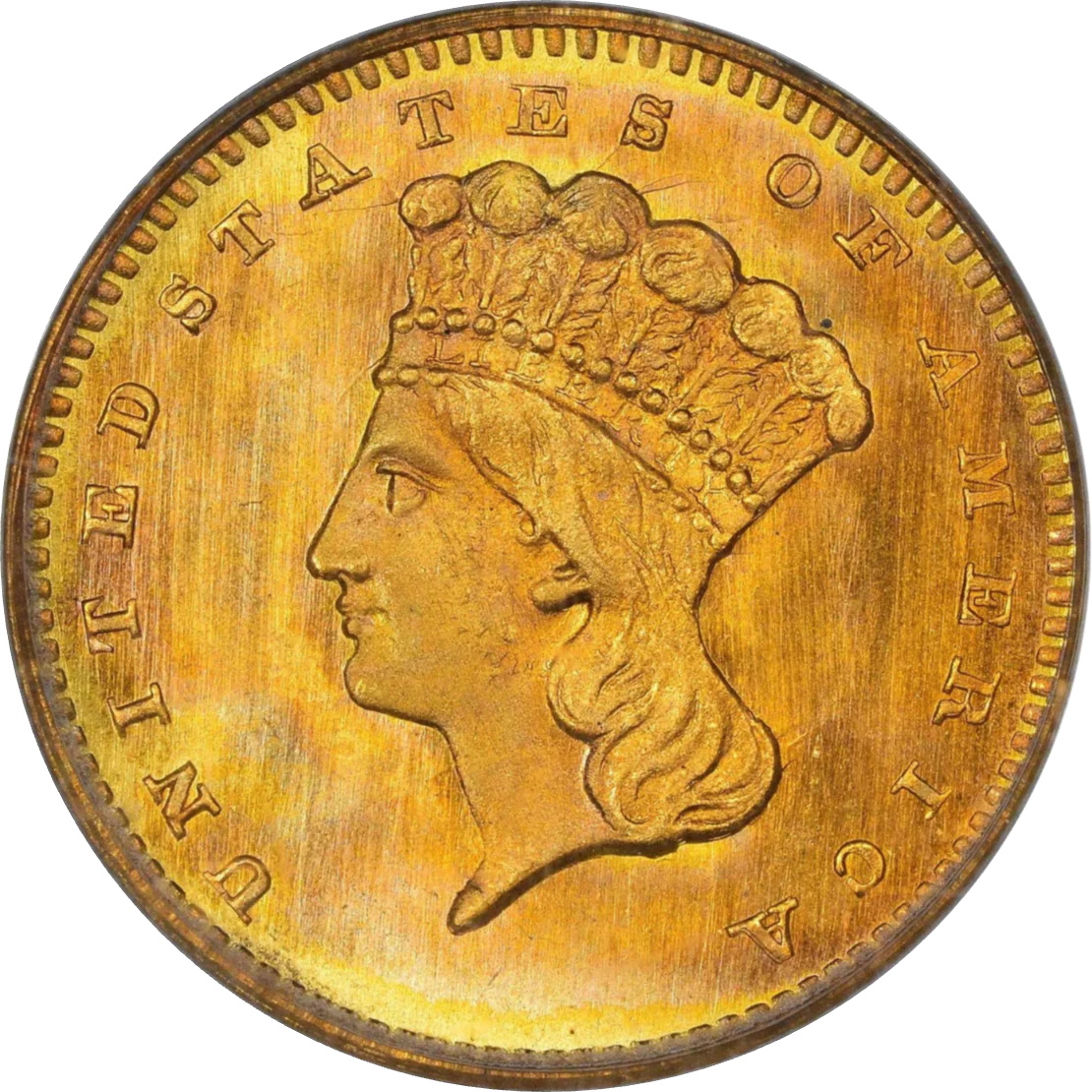Collection: Three Cent Nickel (1865 - 1889)
No products found
View All Inventory
Three-Cent Nickel (1865–1889): A Unique Collectible from the Post-Civil War Era
The Three-Cent Nickel, designed by James Barton Longacre, is a fascinating relic of U.S. numismatic history. Introduced in 1865, this short-lived series was created to address coin shortages during the Civil War and provide a convenient option for small ... Read More
Three-Cent Nickel (1865–1889): A Unique Collectible from the Post-Civil War Era
The Three-Cent Nickel, designed by James Barton Longacre, is a fascinating relic of U.S. numismatic history. Introduced in 1865, this short-lived series was created to address coin shortages during the Civil War and provide a convenient option for small transactions.
Key Features and Specifications
- Designer: James Barton Longacre
- Composition: 75% copper, 25% nickel
- Diameter: 17.9 mm
- Weight: 1.94 grams
- Edge: Plain
-
Mintage:
- Business Strikes: 31,332,527
- Proofs: Estimated 56,000
Design Highlights
- Obverse: Miss Liberty wears a diadem inscribed with LIBERTY, her neatly arranged hair surrounded by UNITED STATES OF AMERICA and the date below.
- Reverse: A laurel wreath, reminiscent of the 1859 Indian Cent, encloses the Roman numeral III, symbolizing the denomination.
Historical Context and Purpose
The Three-Cent Nickel was introduced as a replacement for the silver three-cent piece, which was hoarded during the Civil War. This nickel alloy coin was intentionally designed to have minimal intrinsic value to discourage hoarding. Additionally, it served as a convenient way to purchase three-cent postage stamps.
Despite an enthusiastic start, with over 11 million pieces struck in 1865, public acceptance waned. By 1877, production was limited to Proof issues, with business strikes resuming only sporadically in subsequent years.
Collectability and Rarities
This series offers opportunities for collectors of all levels:
- Common Dates: Coins from 1865–1876 are readily available in grades from Good to AU, with Uncirculated examples being less common.
- Proof-Only Issues: The 1877, 1878, and 1886 coins were produced exclusively as Proofs, making them essential for completing a set.
-
Notable Varieties:
- 1865 Proofs: Scarce due to late production.
- 1887/6 Overdate: A fascinating rarity available in both business strike and Proof formats.
- Low Mintage Years: Coins from 1879 to 1885 are prized for their limited mintages, adding intrigue for collectors.
Challenges in Quality
Due to the hardness of the nickel alloy, many three-cent pieces exhibit weak strikes, particularly in the fine details of the Roman numeral III. This issue is most pronounced in earlier years (1865–1876), making sharply struck examples highly desirable.
Collecting Strategies
- By Date: A complete date set from 1865 to 1889 offers a rewarding challenge. While earlier dates are more common, Proofs and rare varieties like the 1887/6 Overdate add complexity.
- For Type Sets: A single representative piece, such as a Proof from the 1880s, is an excellent addition to a U.S. coinage type set.
- Investment Potential: Low-mintage years like 1885 (with only 4,790 coins struck) and Proof-Only issues are particularly appealing to investors and advanced collectors.
Tips for Collectors
- Proof Coins: These are abundant for later dates and ideal for type set collectors. Look for well-preserved examples with minimal spotting or discoloration.
- Business Strikes: Earlier dates are easier to find in circulated grades, while later dates (post-1876) are scarce and highly valued.
- Spotting and Cleaning: Nickel coins are prone to spotting and tarnish over time. Avoid cleaned coins, as they lose value in the numismatic market.
Why Collect Three-Cent Nickels?
The Three-Cent Nickel series offers a unique glimpse into the economic challenges of post-Civil War America. Its distinct design, historical significance, and manageable size make it an accessible and rewarding pursuit for collectors of all levels.
Discover Rare Three-Cent Nickels at ParadimeCoins.com
At ParadimeCoins.com, we offer a curated selection of Three-Cent Nickels, including key dates, Proofs, and rarities like the 1887/6 Overdate. Whether you're a type collector or building a complete date set, you'll find high-quality, certified coins to enhance your collection. Visit us today and start your journey into this fascinating series!
... Read Less